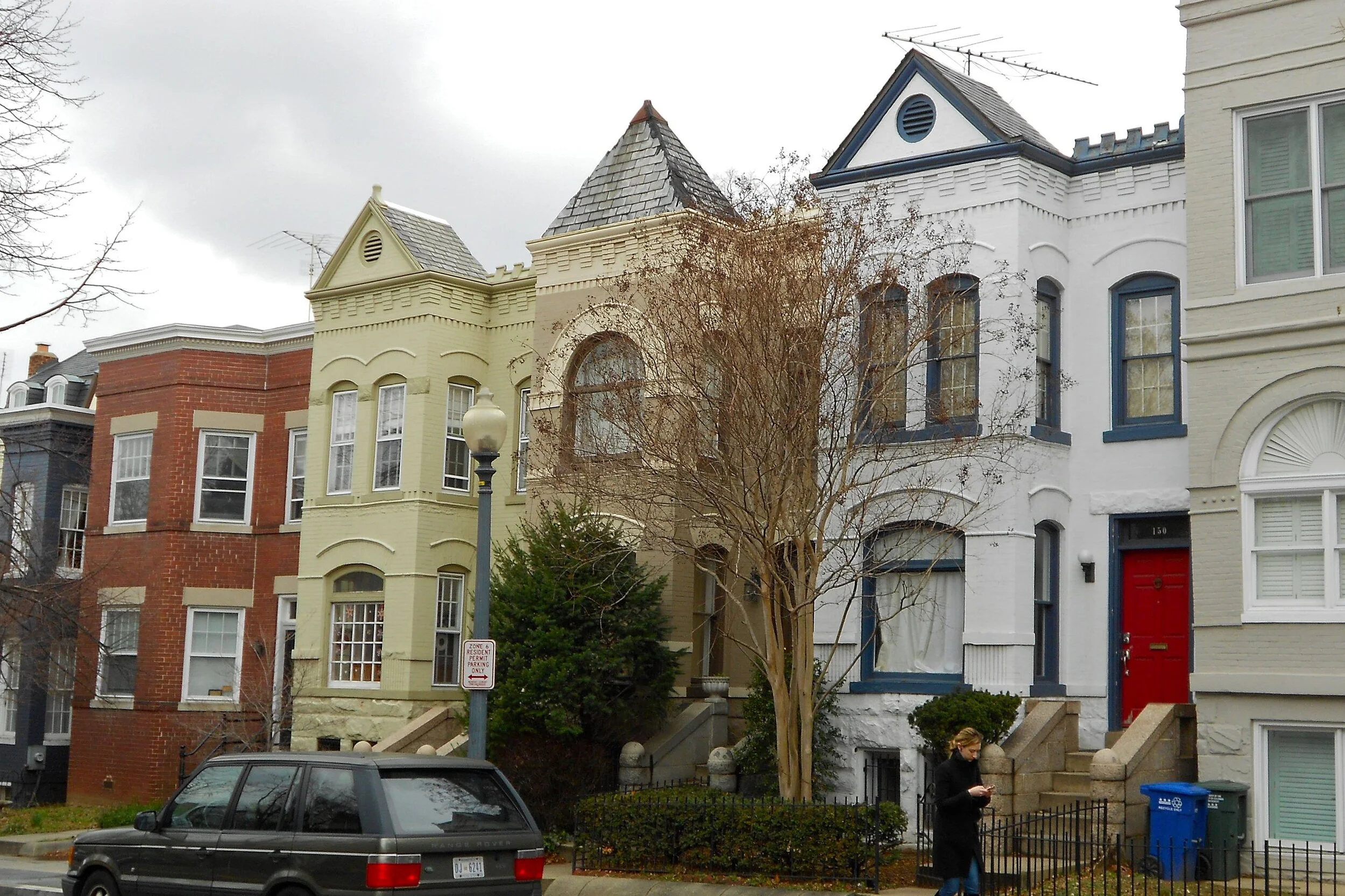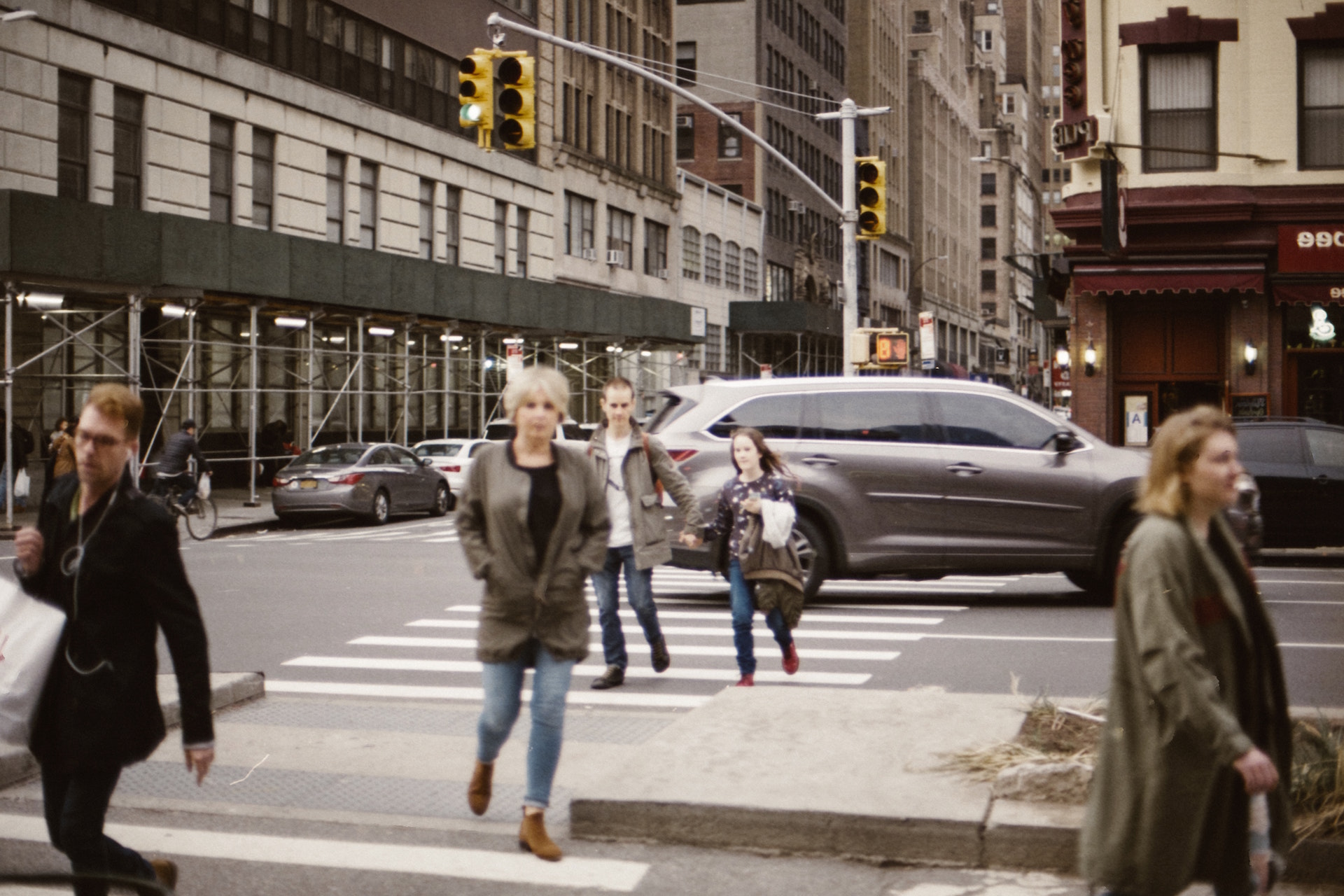Not so Fast: Density Isn’t Plague-Inducing
As the COVID-19 virus approached the shores of the United States, some common questions about how our cities will be reshaped emerged. In light of what was happening in the walkable historic urbanism of Italy or the mega-dense Chinese cities, the refrain became, “Shouldn’t we be less dense to be safe?”
This reaction to density is understandable, but (for those readers that know us) our response was, as always, “Where’s the data and how does it compare?” For weeks, we’ve been collectively pummeled with a barrage of nerve-wracking stories as the pandemic crawls its way across the globe. Though these stories were informative, the data within initially lacked substantive analysis.
It is clear how the virus is spread—through physical contact with those who are infected, from airborne germs, and from infected surfaces. And it is clear that social distancing is one of the best measures for preventing the spread of the coronavirus. But given the evidence, we can’t say for sure yet that density is a main driver, when there are a lot of other factors (like a paucity of testing), and when the virus is spreading in suburban and rural places as well.
In March, the New York Times released a wonderful article comparing the number of coronavirus cases per metropolitan region across small and rural places, as well as the mega centers of New York City and Milan. One takeaway of this chart is that size of population wasn’t an indicator of per capita contamination. For example: Albany, GA and New Orleans, LA had roughly the same amount of cases per thousand even though New Orleans has a much larger population.*
As informative as this chart is, we found it lacked one bit of information that would help illuminate the question of whether density was a primary driver of spreading the virus. That’s right—we’re talking about land. Below is a table as it was printed in the article, and as we embellished it. Adding the area of each city in square miles, and the people per square mile provides an “apples to apples” comparison of density. A sixth column, cases per 100,000 people per square mile provides a metric to understand infection in the population from a geospatial perspective.
This chart represents a snapshot of data from when the article came out. All of the communities are at different stages of infection, testing, and reporting; so take it for what it’s worth. But the facts of the math do help understand the nature of urban patterns and their relationship to the spread of the virus. Utilizing this model moves us from an emotive to a clear eyed comparison.
This data suggests that urbanism is not as toxic as commentators anecdotally suggest. What is notable from the data is that New York City and Pittsfield, Massachusetts have the same ratio of COVID-10 cases per 100,000 people/square mile, yet New York City is more than 44 times the density of Pittsfield. Heck, East Stroudsburg, Pennsylvania and Albany, Georgia have higher ratios than the Big Apple. That’s the math.
That means that, if you were drop a box around one of these cities, one square mile large, you might still get more cases overall in the dense cities, because there are more people there. But you wouldn’t necessarily get more cases per 100,000 people.
The following charts demonstrate the relationship of the density of the sample of cities, placed against the cases of covid-19/100k population/sq. mi.
From this measure of the data, it does not appear that density is any more dangerous than other factors. In fact, given some early data it seems that the paucity of testing and lack of consistent measurements are probably bigger factors. Other considerations in monitoring the spread of the virus include population variables such as age (especially since the virus is so much more dangerous to the elderly), income, job type, and unemployment levels.
Ultimately, the value of density may outweigh the virus-induced danger. Cities are bastions of efficiency of infrastructure and capital. People move to New York because economic opportunities are so much better. At $85,000 Gross Domestic Product per capita, New York City is more than double that of Albany, Georgia and East Stroudsburg, Pennsylvania , at $39,000 and $38,000 respectively. Services are more readily available in cities, including life-saving medical systems. Simply put, cities (and towns) make us more productive, and perhaps safer, then disaggregated or rural development patterns.
Thankfully, more data analysis is emerging to provide an evidence-based understanding to cut through hysteria and off-base bunkum. As the impacts of this pandemic sink in, hopefully we can leave behind our emotional responses and attune to the power and need for science and evidence in this trying time. After all, there’s a reason why we don’t have doctors letting our blood to relieve our humors, as was the case with pandemics in the past. Data and math matters.
*It should be noted, that this data set needs several caveats. First, it is well known that the U.S.’s slow response to build up its ability to test blows a tremendous hole in any data. Not all cities on this list are in the same spot with the data, as the testing isn’t consistent across the sample. New York State is testing at a rate almost 9x that of Georgia: So Albany, Georgia could be a lot worse than we know. Without a consistent standard of practice across states and geographies, the analysis is inherently inconsistent. This becomes murkier across countries because testing is inconsistent across countries. As of the date of the New York Times article, Italy has tested ten times as many people per million as the United States and a third more than China. Without testing, it’s difficult to say that the full level of infection has been captured. Ignorance is not bliss when it comes to understanding a pandemic.
About the Author
Joseph Minicozzi is the principal of Urban3 and an urban planner imagining new ways to think about and visualize land use, urban design and economics.
Joe founded Urban3 to explain and visualize market dynamics created by tax and land use policies. His award-winning analytic tools have garnered national attention in Planetizen, The Wall Street Journal, Planning, New Urban News, Realtor, Atlantic Cities and the Center for Clean Air Policy's Growing Wealthier report. He holds a Bachelor of Architecture from the University of Miami and Master of Architecture and Urban Design from Harvard University. In 2017, Joe was recognized as one of the 100 Most Influential Urbanists of all time. He is a founding member of the Asheville Design Center, a nonprofit community design center dedicated to creating livable communities across Western North Carolina.









Sacramento’s growth looks strong, but what do 21 years of financial data really show? Dive into the numbers with the Strong Towns Finance Decoder.